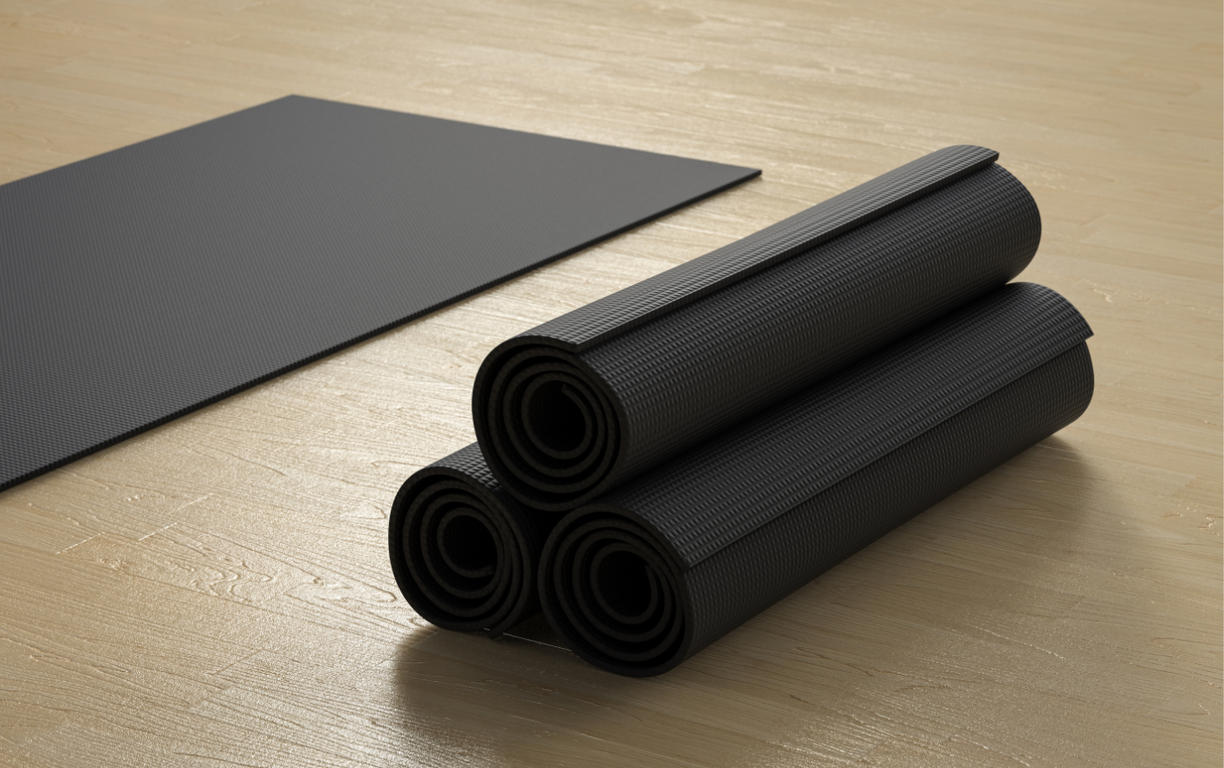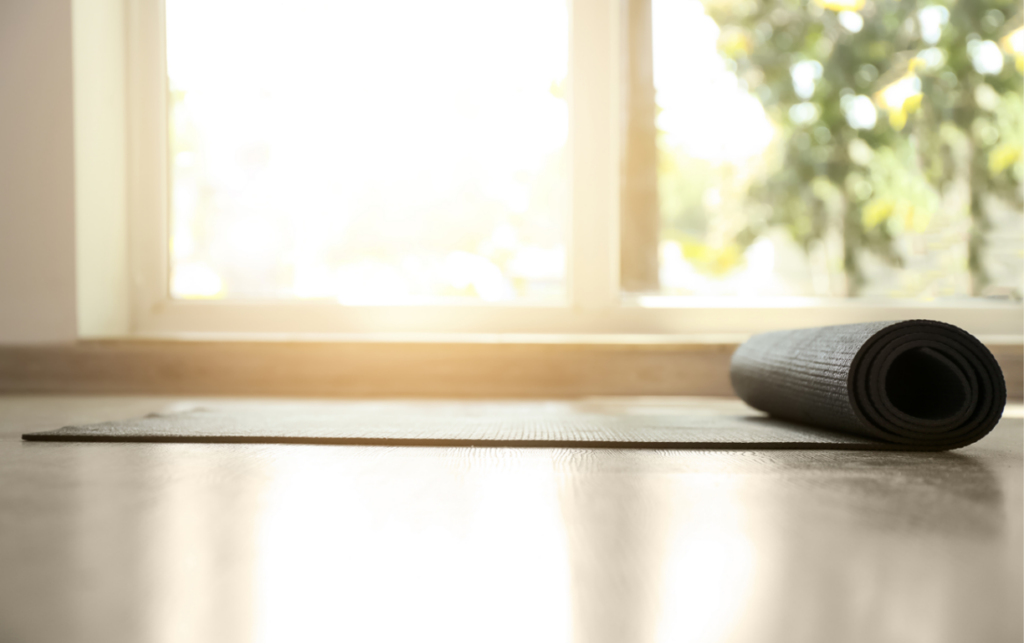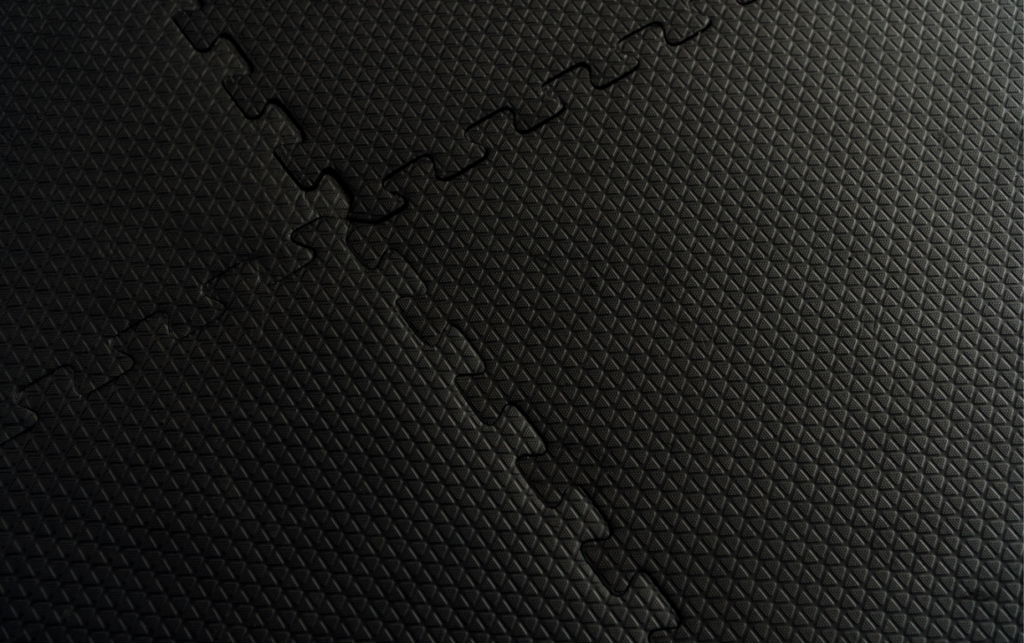Physical Address
304 North Cardinal St.
Dorchester Center, MA 02124
Physical Address
304 North Cardinal St.
Dorchester Center, MA 02124

If you’ve recently invested in a walking pad, you might be wondering whether you need a mat to go along with it. Walking pads are a fantastic way to stay active indoors, but the surface they sit on can significantly impact their performance and your experience. A mat can provide stability and protect your floors, making your workout space more efficient.
Using a mat isn’t just about floor protecti
If you’ve recently invested in a walking pad, you might be wondering whether you need a mat to go along with it. Walking pads are a fantastic way to stay active indoors, but the surface they sit on can significantly impact their performance and your experience. A mat can provide stability and protect your floors, making your workout space more efficient.
Using a mat isn’t just about floor protection; it can also enhance your walking experience by reducing noise and vibrations. Whether you’re living in an apartment or a house, minimizing sound can be a game-changer for your comfort and your neighbors. So, let’s dive into the benefits of using a mat with your walking pad and help you decide if it’s a necessary addition to your fitness routine.

When considering whether to use a mat with your walking pad, think about the following factors:
Using a mat can enhance the stability of your walking pad. It provides a non-slip surface that prevents any unwanted movement while you walk, allowing you to focus on your workout without distraction. This added support can be especially useful during more intense sessions or when you are walking at a higher speed.
A mat acts as a barrier between your walking pad and your floor. It keeps your flooring safe from scratches and dents that can occur with regular use. If you have hardwood, laminate, or tile flooring, the mat will help preserve its condition for years to come.
Walking pads can generate noise due to their mechanical components and the impact of your feet. A mat absorbs some of this noise, making it less disruptive, particularly in shared living spaces. This feature is highly beneficial if you live in an apartment or have family members nearby.
The vibrations produced by a walking pad can affect both the machine and your floor. A quality mat prevents excessive vibrations from traveling through the pad, reducing wear and tear on the machine over time. This prolongs the life of your walking pad and keeps the surrounding area calm and quiet.
A mat adds a layer of cushioning underfoot, which can enhance your overall walking experience. This is particularly important if you walk for extended periods. The extra padding helps reduce fatigue, so you can enjoy your workouts more comfortably.
Taking these factors into account will help you make an informed decision about whether a mat for your walking pad is necessary. Evaluate your living situation, the type of flooring you have, and how often you plan to use your walking pad to determine the best choice for your fitness routine.
Using a mat with your walking pad can significantly enhance your workout experience while providing multiple protective benefits. Here’s how a mat can contribute to your fitness routine.
Your flooring can greatly benefit from the use of a mat beneath your walking pad. The mat serves as a protective barrier against scratches, dents, and wear caused by the movement of the walking pad. This is especially crucial for hardwood, laminate, or tile surfaces that can be easily damaged. Using a mat ensures that your investment in both your flooring and your walking equipment is well protected.
Another significant advantage of using a mat is its ability to reduce noise during your workouts. The mat absorbs sound generated by the walking pad, making your exercise sessions quieter. This is particularly beneficial if you live in an apartment or have close neighbors. The reduced noise level allows you to walk without disturbing those around you, creating a more pleasant environment for both you and your neighbors.
A mat can also provide increased stability while you use your walking pad. The non-slip surface of a mat enhances your grip, ensuring that you maintain a solid footing as you walk. This added stability helps prevent slips and falls, allowing you to focus on your workout without worrying about losing your balance. A stable surface contributes to a safer and more enjoyable exercise experience.
When considering a mat for your walking pad, understanding the various types available can help you make an informed decision tailored to your needs. mats come in different materials thicknesses and sizes catering to a variety of preferences and requirements.

Selecting the right material for your mat is essential for performance and durability. Here are some popular options:
Using a mat with your walking pad can enhance your workout experience and protect your living space. Consider the following factors to determine when a mat is essential.
Evaluate the type of flooring where you plan to place your walking pad. If you have hardwood floors laminate tile or any surface prone to scratches and dents a mat is crucial to prevent damage. A mat serves as a protective barrier absorbing impacts and minimizing wear on your floors. Additionally if you have carpet the right mat can help stabilize the walking pad preventing it from sinking or shifting during use.
Think about where you will position your walking pad. Placing it on a level surface greatly enhances stability and reduces the risk of slips. If the area tends to be noisy such as near a shared wall or floor a mat can significantly dampen sound absorbing vibrations during your workout. Ensure the mat you choose is large enough to accommodate the full footprint of your walking pad allowing for safe movement and effective exercise.
Choosing the right mat for your walking pad is essential for maximizing performance and comfort. Focus on key features that align with your needs and preferences.
When selecting a mat for your walking pad, consider the following features:
Consider these brands known for their quality mats suitable for walking pads:
| Brand | Material Type | Thickness Range | Key Features |
|---|---|---|---|
| ProForm | Rubber | 5mm to 8mm | Durable, excellent grip |
| BalanceFrom | Foam | 4mm to 6mm | Comfortable cushioning, lightweight |
| Gorilla Mats | TPE | 6mm | Eco-friendly, non-toxic, excellent durability |
| LifeStride | PVC | 3mm to 5mm | Versatile, easy to clean |
Choosing the right mat will enhance your overall walking pad experience, providing protection, reducing noise, and improving comfort.
Using a mat with your walking pad can significantly enhance your workout experience. It provides essential stability and protects your flooring from damage while reducing noise and vibrations. If you’re in an apartment or have hardwood floors, a mat becomes even more crucial for maintaining a peaceful environment.
When choosing a mat, consider the material, thickness, and size that best fit your needs. A well-selected mat not only boosts your safety but also adds comfort to your walking sessions. Ultimately, investing in a quality mat can transform your walking pad experience, making it safer and more enjoyable.